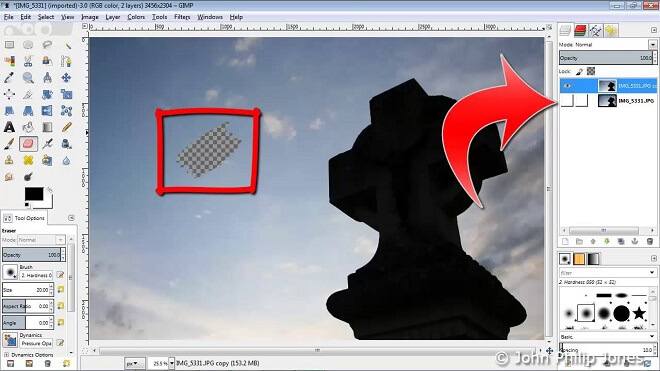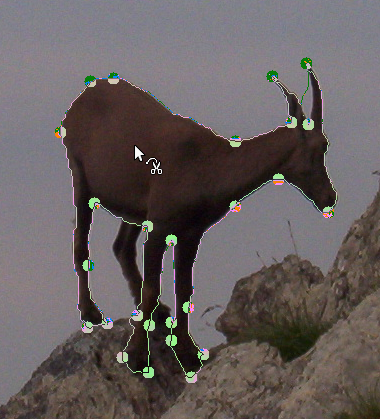

- SCISSORS SELECT TOOL GIMP DEFINITION HOW TO
- SCISSORS SELECT TOOL GIMP DEFINITION SOFTWARE
- SCISSORS SELECT TOOL GIMP DEFINITION LICENSE
- SCISSORS SELECT TOOL GIMP DEFINITION FREE
SCISSORS SELECT TOOL GIMP DEFINITION SOFTWARE
The application subsequently formed part of the GNU software collection. In the following year, Kimball and Mattis met with Richard Stallman of the GNU Project while he visited UC Berkeley and asked if they could change General in the application's name to GNU (the name of the operating system created by Stallman), and Stallman approved. The community began developing tutorials, artwork and shared better work-flows and techniques. The editor was quickly adopted and a community of contributors formed. ġ996 was the initial public release of GIMP (0.54).
The acronym was coined first, with the letter G being added to -IMP as a reference to "the gimp" in the scene from the 1994 Pulp Fiction film. In 1995, Spencer Kimball and Peter Mattis began developing GIMP-originally named General Image Manipulation Program-as a semester-long project at the University of California, Berkeley for the eXperimental Computing Facility.
SCISSORS SELECT TOOL GIMP DEFINITION LICENSE
GIMP is released under the GPL-3.0-or-later license and is available for Linux, macOS, and Microsoft Windows. It is not designed to be used for drawing, though some artists and creators have used it in this way.
SCISSORS SELECT TOOL GIMP DEFINITION FREE
GIMP ( / ɡ ɪ m p/ GHIMP GNU Image Manipulation Program) is a free and open-source raster graphics editor used for image manipulation (retouching) and image editing, free-form drawing, transcoding between different image file formats, and more specialized tasks.
SCISSORS SELECT TOOL GIMP DEFINITION HOW TO
We hope this tutorial has helped shed some light and offered great answers on how to deselect in GIMP.Amharic, Arabic, Asturian, Azerbaijani, Basque, Belarusian, Bosnian, Brazilian Portuguese, Breton, British English, Bulgarian, Burmese, Canadian English, Catalan, Central Kurdish, Chinese (China), Chinese (Hong Kong), Chinese (Taiwan), Croatian, Czech, Danish, Dutch, Dzongkha, Esperanto, Estonian, Finnish, French, Galician, Georgian, German, Greek, Gujarati, Hebrew, Hindi, Hungarian, Icelandic, Indonesian, Irish, Italian, Japanese, Kabyle, Kannada, Kashubian, Kazakh, Khmer, Kinyarwanda, Kirghiz, Korean, Latvian, Lithuanian, Low German, Macedonian, Malay, Malayalam, Marathi, Nepali, Norwegian (Bokmål), Norwegian (Nynorsk), Occitan, Persian, Polish, Portuguese, Punjabi, Romanian, Russian, Scottish Gaelic, Serbian (Cyrillic script), Serbian (Latin script), Sinhala, Slovak, Slovene, Spanish, Swedish, Tamil, Tatar, Telugu, Thai, Turkish, Ukrainian, Valencian, Vietnamese, Xhosa, Yiddish However, if you are more conversant with using a mouse, you can use it to get the job done properly. The fastest method, of course, is the keyboard method. You should note that each method comes with its unique scenario. There you have it! Four different and easy-to-implement ways you can deselect in GIMP. Alternatively, you could just press Ctrl H. The best way to anchor a layer is to head to the Layer menu, then select the Anchor layer option. Float- makes a selection float, meaning a user can only work on that part of the image till it is anchored (Command Shift L or Ctrl-Shift L).



 0 kommentar(er)
0 kommentar(er)
